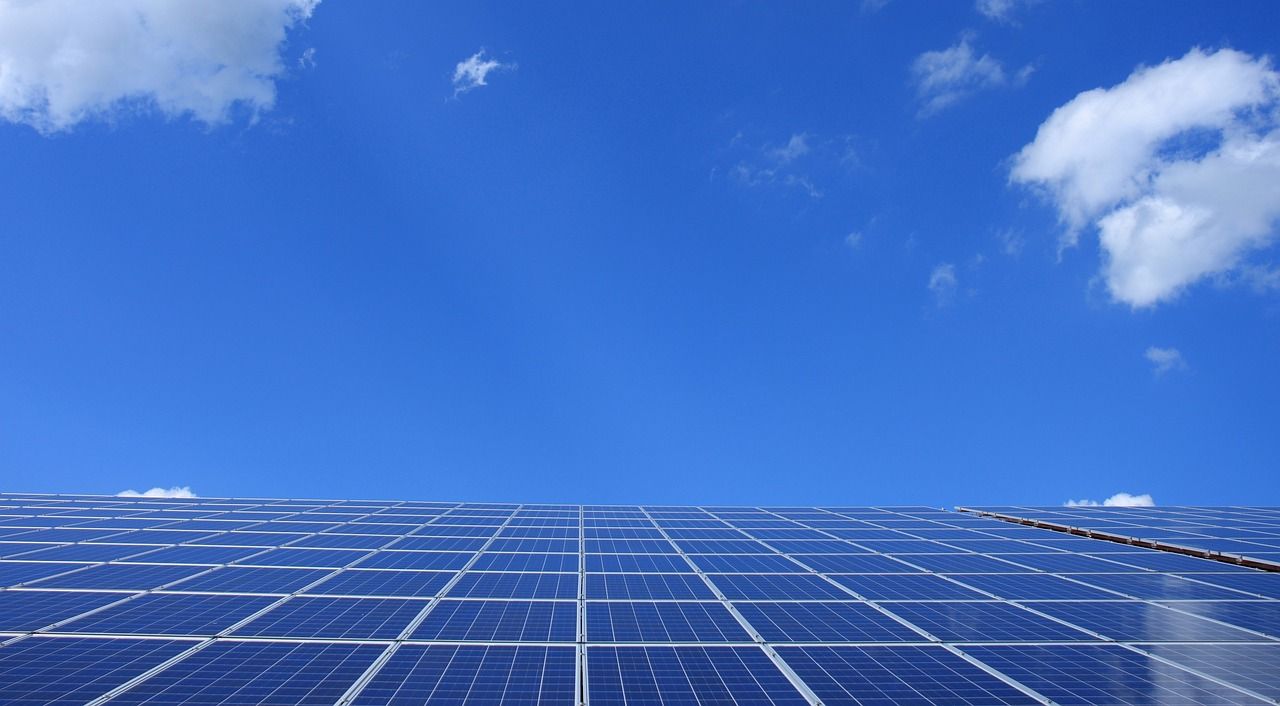
As the world continues to shift towards renewable energy, solar power is at the forefront of this transformation. New technologies and innovations are rapidly emerging, making solar power more efficient, reliable, and accessible than ever before. These advancements not only address some of the traditional challenges associated with solar energy but also open new opportunities for growth in the industry. Here’s a look at five key trends that are shaping the future of solar energy in 2024.
Increased Efficiency of Solar Panels
The solar power industry continues to push the boundaries of efficiency, making panels that convert more sunlight into electricity. This is driven by advancements in materials like perovskite and multi-junction cells, which allow solar panels to capture a broader spectrum of sunlight. For instance, new developments in tandem cells, which combine perovskite layers with traditional silicon, have achieved efficiencies close to 30%. This improvement means that the same amount of sunlight can produce more electricity, making solar installations more cost-effective for both residential and commercial users. With greater efficiency, fewer panels are needed to achieve the same power output, reducing installation costs and space requirements.
Expansion of Bifacial Solar Panels
Bifacial solar panels are gaining popularity due to their ability to capture sunlight from both their front and back sides. This capability allows them to make use of reflected light from surfaces such as snow, sand, or even rooftops, which can significantly boost energy output. This makes them especially useful in environments with high albedo, where surfaces reflect a lot of sunlight. Tamesol’s Tamesol TM Series® HC BIFACIAL panels are an example of this trend, designed to maximize energy capture by utilizing both direct and reflected sunlight. As a result, bifacial panels are becoming a go to choose for large-scale solar farms looking to maximize production without expanding their footprint.
Rise of Building-Integrated Photovoltaics (BIPV)
Building-integrated photovoltaics (BIPV) represents a shift towards seamlessly blending solar technology into everyday construction materials. BIPV involves incorporating solar cells into building elements such as roofing materials, facades, and windows. This integration allows buildings to generate their own energy without compromising aesthetics, making solar power more appealing for urban environments. Technologies like solar glass windows, which can generate electricity while still allowing light to pass through, are a key part of this trend. BIPV is particularly popular in new construction projects, where the integration of energy generation can add value and help buildings meet green certification standards.
Growth in Solar Energy Storage Solutions
One major challenge for solar energy is that it doesn’t work at night. But new advancements in storage, like lithium-ion and solid-state batteries, are helping to make solar power more dependable. Batteries from Tesla and LG Chem, for instance, let users store energy and use it later, even when the sun isn’t shining. This trend is making solar a more stable energy option for homes and businesses alike.
Proliferation of Smart Solar Systems
The integration of smart technology into solar systems is revolutionizing how energy is managed and consumed. Through the use of the Internet of Things (IoT) and artificial intelligence (AI), modern solar systems can monitor energy production and consumption in real time. Smart solar systems can adjust energy flow to match demand, manage storage effectively, and even predict maintenance needs, optimizing system performance. AI can analyze weather patterns and adjust solar panel angles for maximum efficiency. This trend is enhancing the performance and value of solar power, making it easier for both households and businesses to optimize their energy use.
These trends collectively signify a promising future for solar energy, where increased efficiency, better integration, advanced storage, and smarter management combine to make solar power more practical and widespread than ever before. As these technologies become mainstream, they hold the potential to accelerate the global shift towards renewable energy, making solar a central player in the transition to a sustainable energy future.
